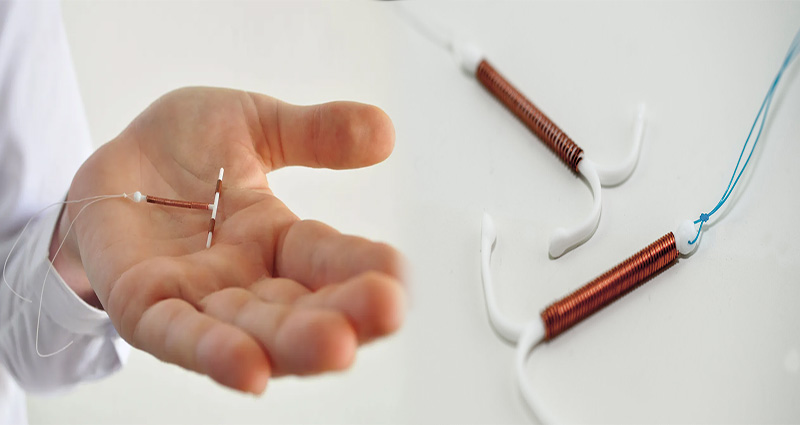What Women Should Know Before Getting an IUD
IUDs have been around since the 1960s, but they’re still a relatively new option for American women. An IUD (short for intrauterine device) is a small T-shaped piece of plastic that’s inserted into your uterus by a doctor or nurse practitioner. Once in place, the IUD prevents pregnancy by releasing hormones or copper ions. The hormonal IUD prevents pregnancy by releasing progestin (the hormone found in birth control pills), which makes the cervical mucus thicker and harder for sperm to penetrate. Copper-based IUDs don’t prevent fertilization; instead, they cause a foreign object reaction that causes sperm to die before reaching an egg cell
IUDs are one of the most effective forms of birth control.
IUDs are one of the most effective forms of birth control. They’re over 99% effective, which means that less than 1 out of 100 women will get pregnant each year while using an IUD.
IUDs are … READ MORE ...








